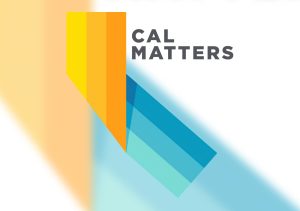What makes an effective school board? That’s one fundamental question facing voters in Santa Clara Unified school district as they choose among the candidates for this year’s – or any year’s – election.
Plenty of education experts have put forward opinions about what makes school boards effective, and recently some researchers have tried to test those theories. The main finding is that interpersonal dynamics – especially the level of conflict – plays a noticeable role, measured by graduation rates (one of the few apples-to-apples measures that can be applied to schools across the U.S.) A simple explanation is that conflict, private agendas, and “loose cannon” behavior siphon attention and resources from the basic job of education.
Michael Ford of the University of Wisconsin-Milwaukee found in his study of 1,655 school boards in six states, “The Impact of School Board Governance on Academic Achievement in Diverse States,” that few of the factors often cited as important in school board effectiveness – including educational background – had much impact on graduation rates. What did was the board’s interpersonal dynamics – specifically, levels of collaboration and conflict.
“Among all boards support and even collaboration with the superintendent is related to lower dropout rates, as is engagement in continuous strategic planning,” Ford wrote. “Also present is the negative impact of collaboration with interest groups. These results suggest that broadly school board conflict serves a negative function as it relates to graduation rates.”
Ford’s overall conclusion is that, “Districts overseen by school board members with positive group dynamic attributes are higher performing than those without such attributes.”
University of Southern Mississippi Professor of Education David Lee’s research reinforces this. “Boards in high performing systems appeared to devote more time to student achievement, board members did not try to advance their own agendas,” he wrote in a research summary published last winter.
“They did not allow any one or more members to monopolize the agenda by grandstanding, and they spent a great deal of time on policy items that enhanced student learning and instruction. Just the opposite was true for the school systems experiencing low student achievement.”
Graduation rates in Santa Clara Unified have dropped about five percent since 2006 (www.cde.ca.gov), while state and county rates dipped slightly before returning to their previous levels. Notably, Campbell Unified High School District graduation rates have grown almost 10 percent between 2009 and 2013 (no prior CUHSD data is available from the CDE). While graduation rates in the state, county, and are trending up, SCUSD rates are moving in the opposite direction.











0 comments